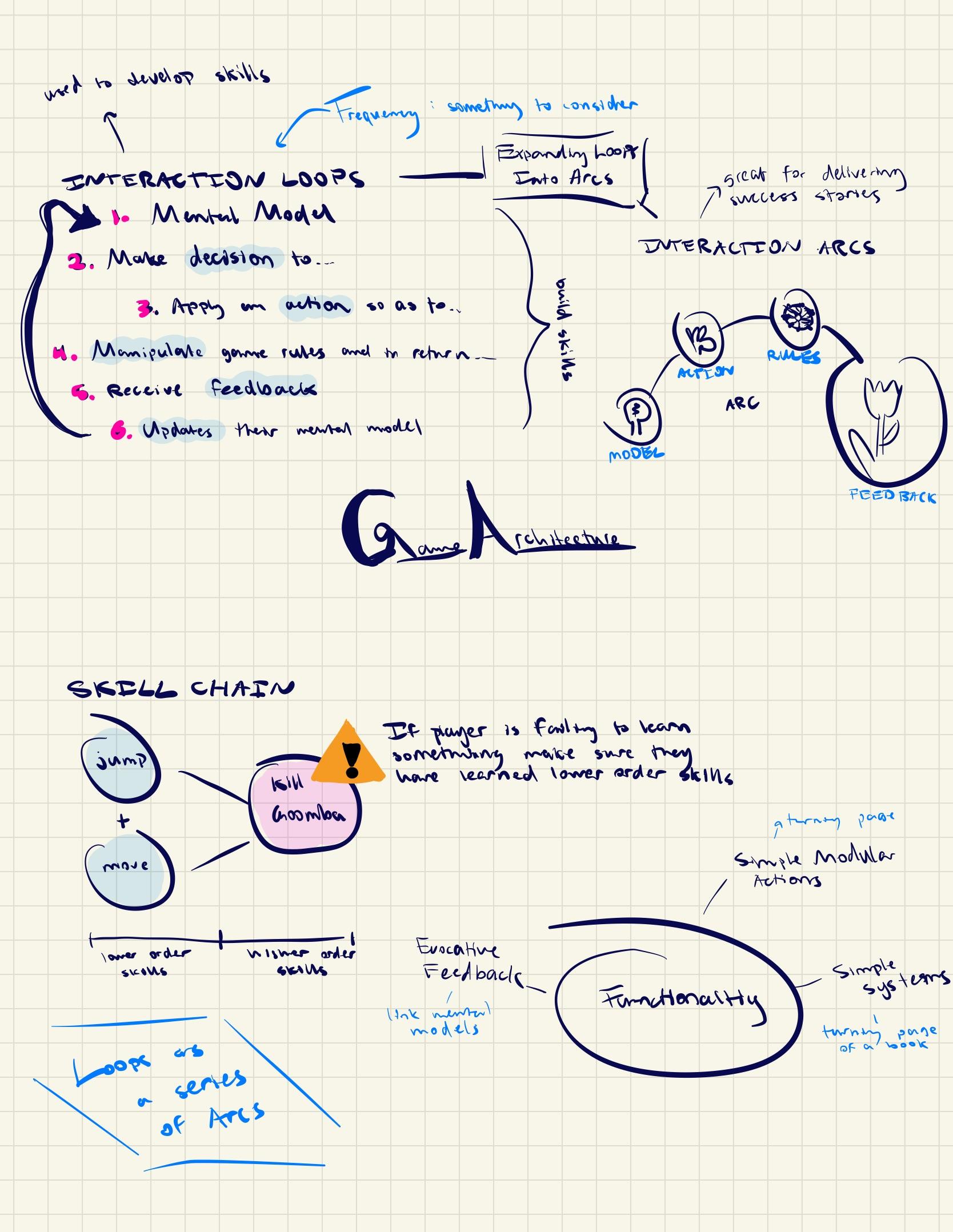A game I like that has an interesting game architecture is Uncharted 3. The game creates an Indiana Jones-like narrative that embeds dozens of interaction arcs into the gameplay that have the user navigate the extended story. For example one level will instruct the user to steal a piece of treasure from a vault hidden in the ruins of a castle. Here is how it lines up with
- Scenario Presentation: The level begins with a brief cutscene or dialogue explaining the significance of the treasure and its historical context, setting the stage for the adventure.
- Engagement: As the player navigates the level, the narrative unfolds through environmental storytelling, artifacts, and occasional character interactions, keeping the player immersed in the story.
- Limited Actions: In narrative-driven segments, player actions might be more restricted than usual to serve the story (e.g., a scripted escape sequence following the heist).
- Simple Rules: These narrative moments often involve straightforward tasks or decisions that do not require complex interactions, ensuring the player remains focused on the story rather than gameplay mechanics.
- Narrative Feedback: The player receives story-related feedback through visual and audio elements, like discovering ancient inscriptions or triggering a cutscene after completing a key task.
- Mental Model Update: The feedback contributes to a richer understanding of the game’s story, and this motivates the player to see the adventure through to its conclusion
The game also has interaction loops in which the character builds up the skills and skill chains to defeat guards and enemies throughout the interaction arcs. I really enjoy the combination of skill chains and interaction arcs because it makes me appreciate the skills of the protagonist and associate them with earning wins in the game and “making it out alive”.





